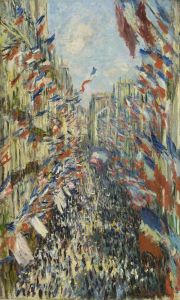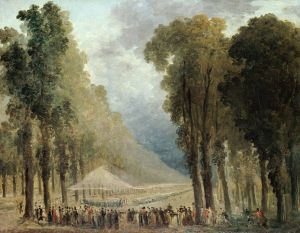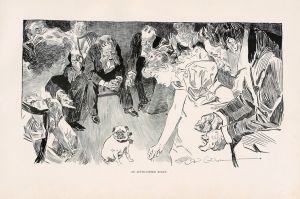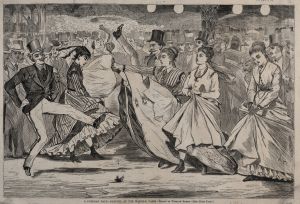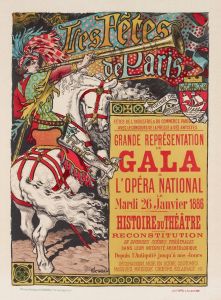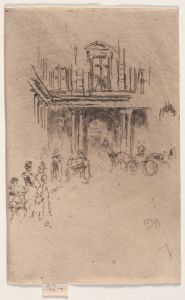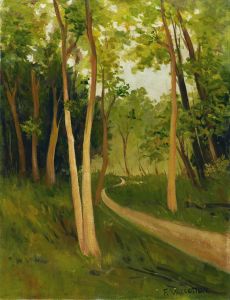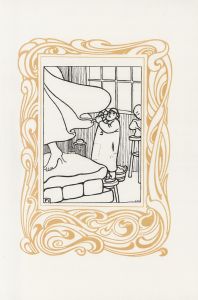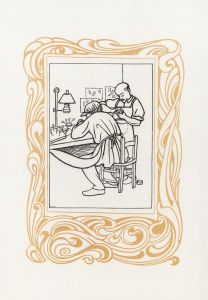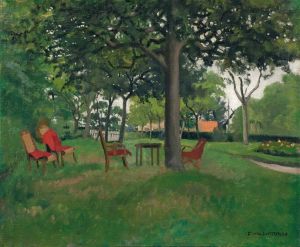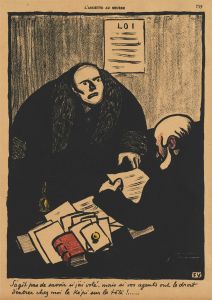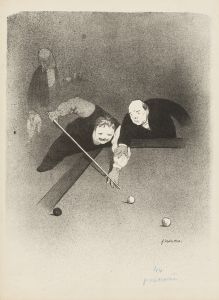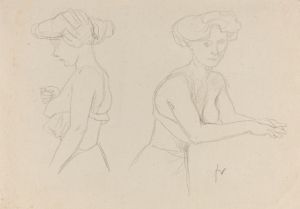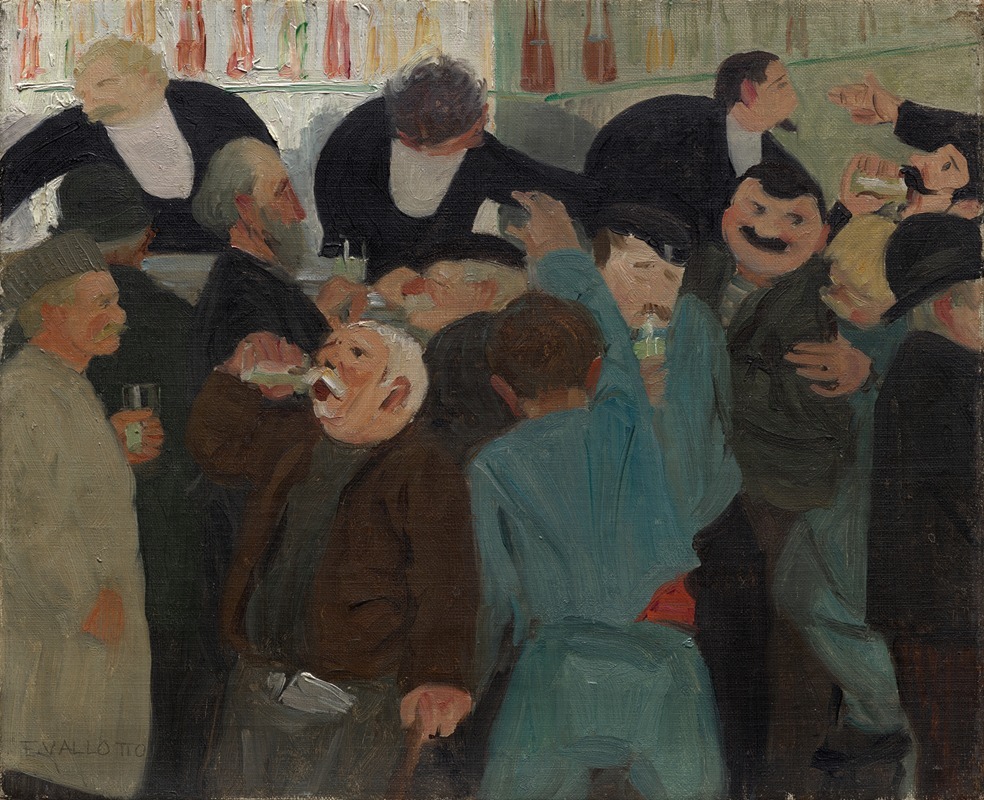
The Bistro
A hand-painted replica of Félix Vallotton’s masterpiece The Bistro, meticulously crafted by professional artists to capture the true essence of the original. Each piece is created with museum-quality canvas and rare mineral pigments, carefully painted by experienced artists with delicate brushstrokes and rich, layered colors to perfectly recreate the texture of the original artwork. Unlike machine-printed reproductions, this hand-painted version brings the painting to life, infused with the artist’s emotions and skill in every stroke. Whether for personal collection or home decoration, it instantly elevates the artistic atmosphere of any space.
Félix Vallotton was a Swiss-French painter and printmaker associated with the post-impressionist movement. He was a member of the group of artists known as Les Nabis, which included notable figures like Pierre Bonnard and Édouard Vuillard. Vallotton is known for his distinctive style that often combined elements of realism with a more symbolic or abstract approach, and he was particularly adept at capturing the nuances of everyday life.
"The Bistro" is one of Vallotton's works that exemplifies his interest in depicting scenes of contemporary urban life. Painted in the early 20th century, this piece reflects Vallotton's keen observation of social settings and his ability to convey mood and atmosphere through his use of color and composition. The painting captures a scene inside a bistro, a type of small restaurant that was popular in France, particularly in Paris, during this time. Bistros were known for their casual atmosphere and were frequented by a diverse clientele, making them a microcosm of urban life.
In "The Bistro," Vallotton employs a palette that is both muted and rich, using tones that evoke the warmth and intimacy of the setting. His use of light and shadow is particularly effective in creating a sense of depth and focus within the composition. The figures in the painting are depicted with Vallotton's characteristic attention to detail, yet they also possess a certain anonymity, which allows viewers to project their interpretations onto the scene. This approach is typical of Vallotton's work, where the emphasis is often on the overall mood rather than on individual identities.
The composition of "The Bistro" is carefully structured, with a balance between the various elements of the scene. Vallotton's use of perspective guides the viewer's eye through the painting, creating a sense of movement and interaction among the figures. This dynamic quality is enhanced by the artist's subtle use of line and form, which adds a rhythmic quality to the work.
Vallotton's interest in the social dynamics of urban life is evident in "The Bistro." The painting captures a moment of interaction, perhaps a conversation or a quiet reflection, and invites viewers to consider the stories and relationships that might exist within the scene. This focus on the everyday, combined with Vallotton's unique stylistic approach, makes "The Bistro" a compelling example of his work.
Throughout his career, Vallotton's art was characterized by a blend of realism and abstraction, and "The Bistro" is no exception. The painting reflects his ability to distill complex social interactions into a single, cohesive image, and it stands as a testament to his skill as both an observer and an artist. Vallotton's work continues to be celebrated for its insightful portrayal of early 20th-century life, and "The Bistro" remains an important piece within his oeuvre.





